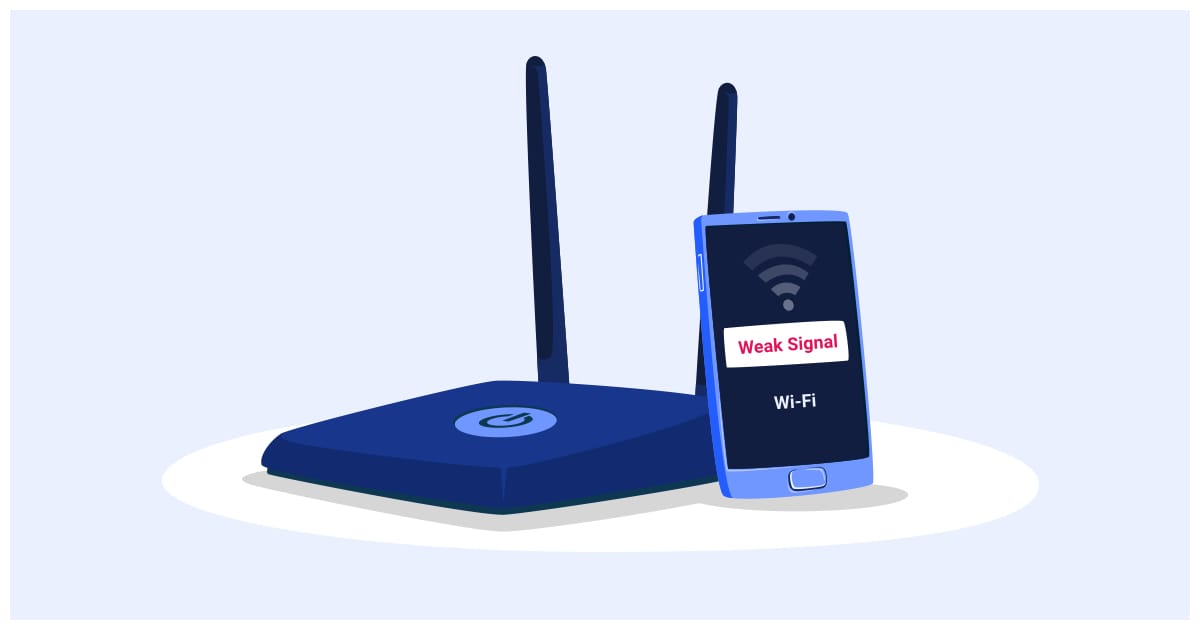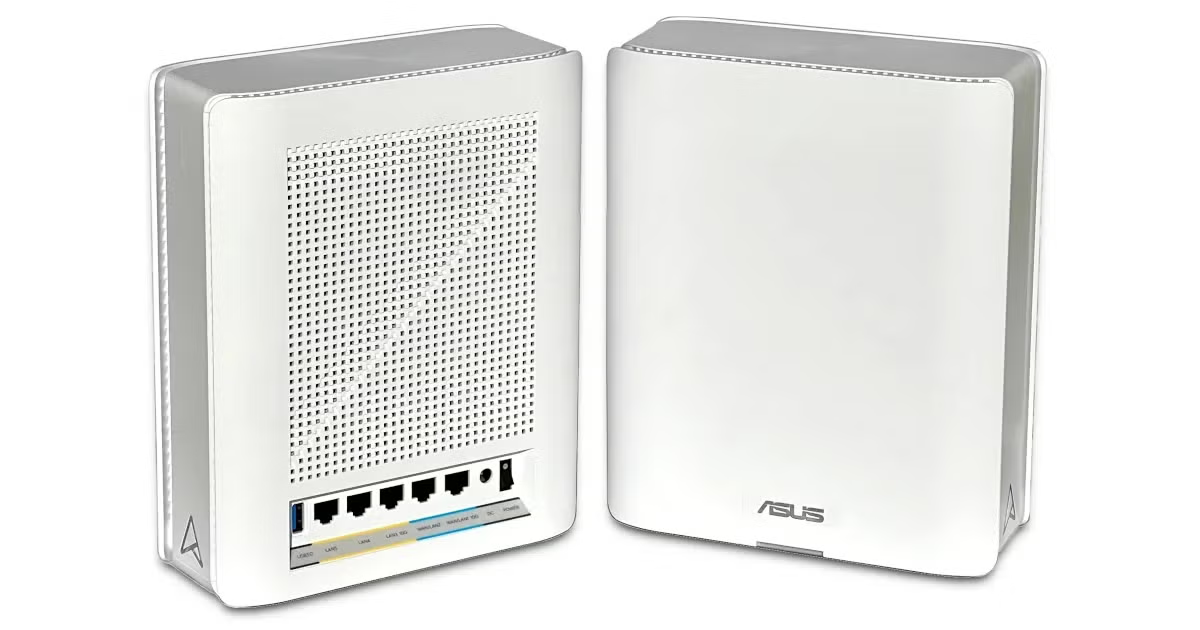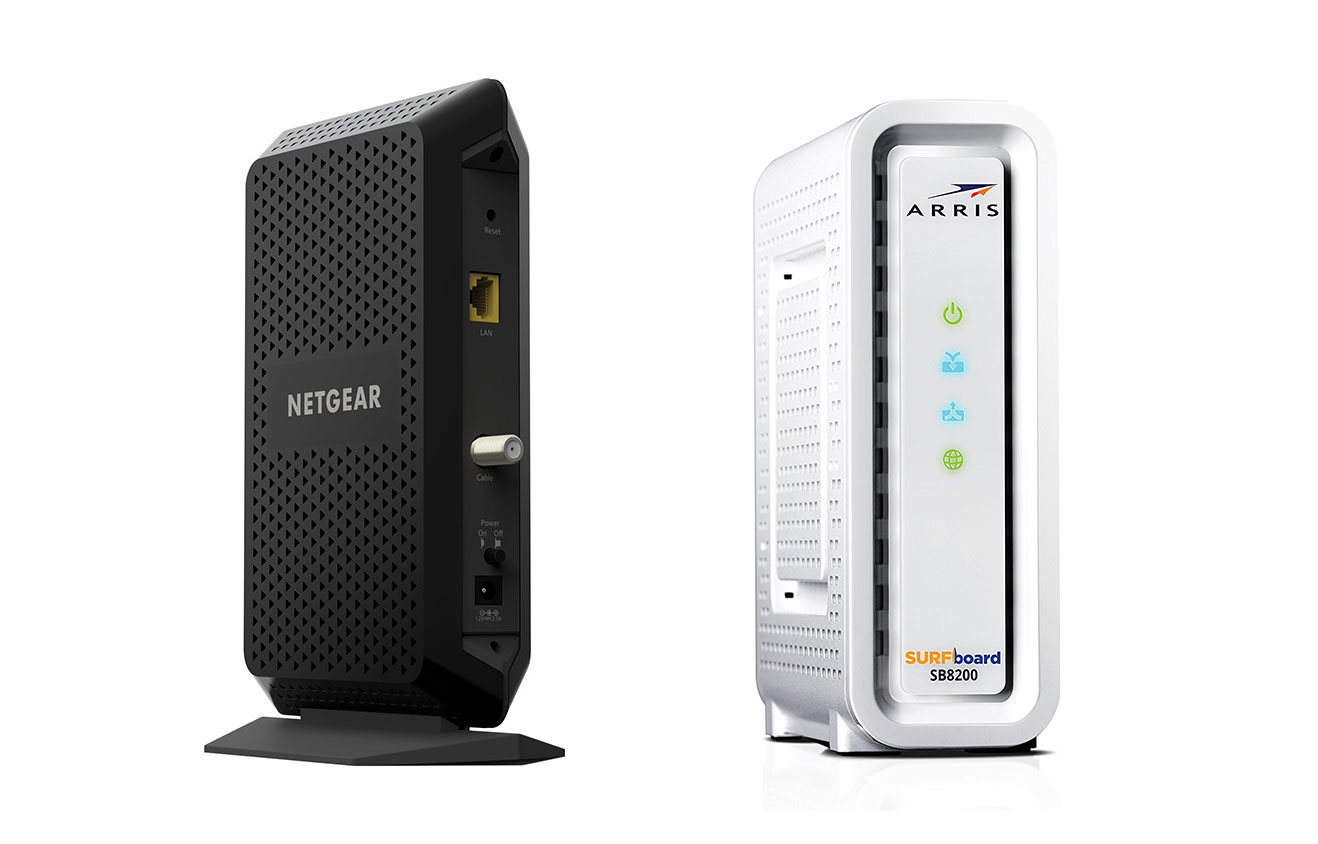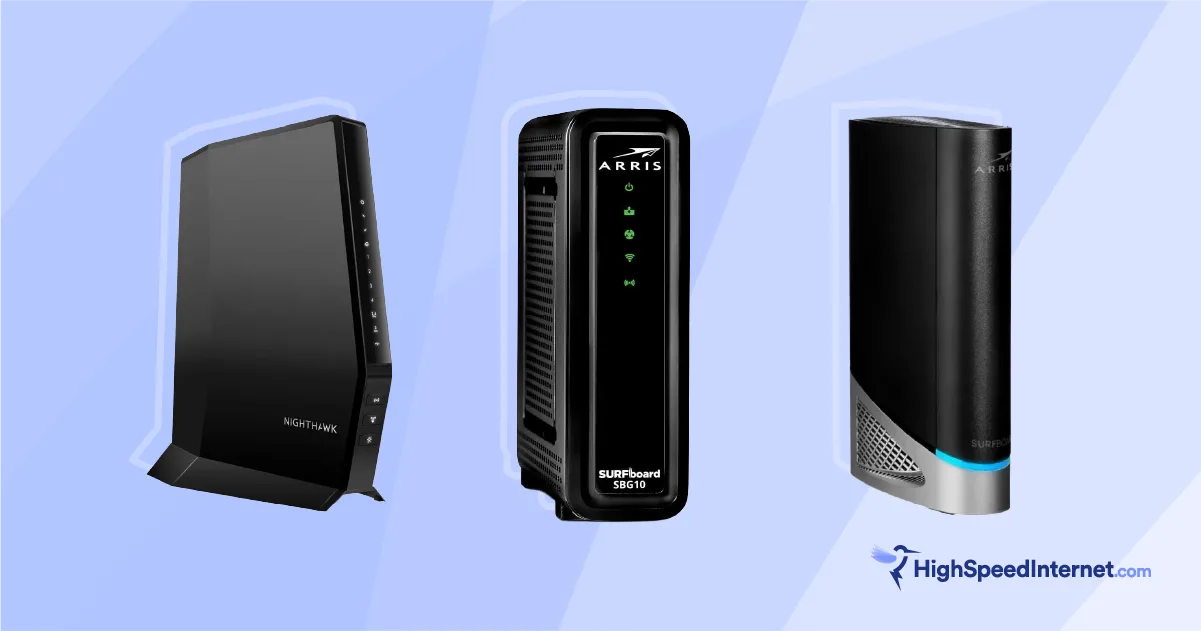7 Signs You Need a New Router
Expert tips to keep your network up to date
Feb 12, 2025 | Share
Equipment Guides, How-To
Think of your internet connection as two networks coming together. Your internet provider’s network ends at the modem or fiber ONT. Your home network begins with the router. Connecting these two networks is a single Ethernet cable.
With that in mind, think of your router as the local postmaster delivering internet data to and from your devices. Like any human one, it can get old, cranky, and just too darn tired to download your cat video streams like it used to. You’ll see slow speeds, finicky connections, and, eventually, security risks. Or perhaps it has problems no amount of troubleshooting can resolve.
So, how can you know when it’s time to retire and replace your router? I’ll walk you through seven surefire signs that it’s time for an upgrade.

Run a speed test first!
Run a wired speed test from your modem or fiber ONT to check your internet speed. If all checks out, run a wired speed test from the router and compare the results. Use our mobile apps to check your Wi-Fi speed at close range if the results mostly match.
Running a speed test using our app is super convenient, but you get the most accurate results running our speed test from a wired connection. If that’s not an option, be sure to stand next to the router when you run our speed test over Wi-Fi. Compare the results to your plan’s advertised speed. If the results look wonky, run the test again using a wired connection and compare the results to your plan.
In this guide:
Old router | ISP router | Disconnecting router | Slow router | Hot router | Rebooting router | Unsupported router
In this guide:
- Old router
- ISP router
- Disconnecting router
- Slow router
- Hot router
- Rebooting router
- Unsupported router
Sign #1—Your router is older than dirt
There are a couple of things to consider when we write about a router’s age.
First, routers are small computers dedicated to routing internet traffic to and from your devices. Like any other desktop, laptop, smartphone, or tablet, it wears out over time—all the happy little components inside won’t stay happy forever. If you’re experiencing dropped connections and slow speeds, the router’s age could be the culprit.
Second, the Wi-Fi specification plays a vital role in age, too. Let’s say you splurged on the $1,799 Google Pixel Fold smartphone—wait while we pause to snicker at the price because, you know, wow—but you’re still rocking a Wi-Fi 4 router. The phone supports Wi-Fi 6E and the new superfast 6 GHz band, but your router doesn’t. That’s like buying the equivalent of a Lamborghini, but you can only drive it on a dirt road at 10 MPH.
Finally, your router officially becomes “older than dirt” when it stops receiving firmware updates. It’s a security risk because the manufacturer is no longer plugging holes in the code. At that point, you might as well invite every hacker on the dark web into your home.
Sign #2—Your provider’s router isn’t great
Renting a router or mesh system from your internet provider is ideal if you can’t afford to pay the full retail price. Some standalone routers and mesh systems, especially the three-unit mesh kits and Wi-Fi 7 ones (ouch), can cost more than a decent laptop.
Many internet providers now offer some really decent routers and mesh systems to rent for maybe $10 per month, like the Eero Pro 6 system and the NETGEAR Nighthawk XR500. But what if your internet provider isn’t keeping up with the times? What if it still uses outdated Wi-Fi 5 routers while competitors have sparkly new Wi-Fi 7 ones?
Sign #3—Your router drops connections
Let’s start with two facts:
- A wireless device disconnects from a router when you move out of range.
- A wireless device disconnects from a router when there’s no internet.
So, how do you know if you need to upgrade your router?
Imagine you just bought a new phone (so we can rule it out). You stand in the kitchen, and the signal is stronger than a solar flare. A few weeks later, you stand in the same spot, but now your phone keeps disconnecting because the signal strength is unexpectedly low. In this case, your router is probably having technical issues, preventing it from broadcasting Wi-Fi at its normal strength.
Here’s another scenario. Your phone registers an excellent signal strength, but the router’s Ethernet port is failing, the cable connector isn’t seated correctly, or the cable itself is damaged. The router stops receiving internet from the modem or fiber ONT, so your phone disconnects because it doesn’t detect internet from the router.
Sign #4—Your router is unusually slow as snails
A router’s speed woes can result from one or more issues. We already covered that a weakened signal reduces your range and causes disconnects. And since range and speed go hand in hand, you’ll see noticeably reduced speeds, too.
Slower-than-expected speeds can also be the byproduct of a stressed, overheated, or older router processor. There’s only so much data your little postmaster can shuffle at once, and the older (or hotter) it gets, the slower it moves.
Some other things that can slow your speeds include a faulty WAN port, a defective Ethernet cable, troublesome firmware, and new networks invading your favorite channels.
Sign #5—Your router is hotter than the sun
Writing “hotter than the sun” is a bit overdramatic, sure, but you get where I’m going. A busy router should feel somewhat warm—especially the more expensive ones with faster processors—but it shouldn’t be hot enough to fry an egg. That’s a good sign your router is about to kick the bucket.
Look, all electronics generate heat. The hotter a component gets, the slower it performs, so you want them cool and comfy. Many routers use passive cooling—a thermal design that doesn’t use moving parts—to remove the heat. Others use fans to blow it all out of the vents. In both cases, a super-hot router means the components are overheating and will eventually burn up, leaving you with an expensive paperweight.
So, why is it getting hot? There are several possible scenarios.
- Your router may be defective.
- Some of the components inside could be worn out.
- You have a budget router that can’t handle your household’s connection load.
- It doesn’t have proper ventilation.
Sign #6—Your router constantly reboots
Are you manually rebooting the router, or is it randomly rebooting on its own?
A manual reboot usually indicates you’re having speed issues, whether with the connection to your modem or fiber ONT, the connections to your wired and wireless devices, or a combination of both. A stressed processor and overstuffed memory will cause your network to run slower than snails, forcing you to reboot the router. You’ll probably reboot faulty and older routers more than newer ones.
If your router reboots on its own, you may have one or more hardware issues at play. For example, bad firmware will crash your router, similar to how the Blue Screen of Death reboots a Windows-based computer. A faulty power connection will cause a random reboot, too.
Sign #7—Your router doesn’t update
Think of firmware as a router’s streamlined operating system. It controls every component under the hood, from the Wi-Fi radios to the WAN port. Firmware is never perfect on Day 1. There’s always a flaw to fix, a security hole to fill, and optimizations to make. Manufacturers release updates periodically for all these reasons.
Like any other operating system, firmware must be kept current to keep your devices and information safe and private. However, firmware updates will eventually stop, leaving unresolved flaws and security holes open for attackers to exploit. That’s not good.
If you don't have issues with your router after all
If you are still running into issues with your internet connection, it might be time to switch providers. Enter your zip below to see every internet provider in your area.
Author - Kevin Parrish
Kevin Parrish has more than a decade of experience working as a writer, editor, and product tester. He began writing about computer hardware and soon branched out to other devices and services such as networking equipment, phones and tablets, game consoles, and other internet-connected devices. His work has appeared in Tom’s Hardware, Tom's Guide, Maximum PC, Digital Trends, Android Authority, How-To Geek, Lifewire, and others. At HighSpeedInternet.com, he focuses on network equipment testing and review.
Editor - Cara Haynes
Cara Haynes has been editing and writing in the digital space for seven years, and she's edited all things internet for HighSpeedInternet.com for five years. She graduated with a BA in English and a minor in editing from Brigham Young University. When she's not editing, she makes tech accessible through her freelance writing for brands like Pluralsight. She believes no one should feel lost in internet land and that a good internet connection significantly extends your life span.







